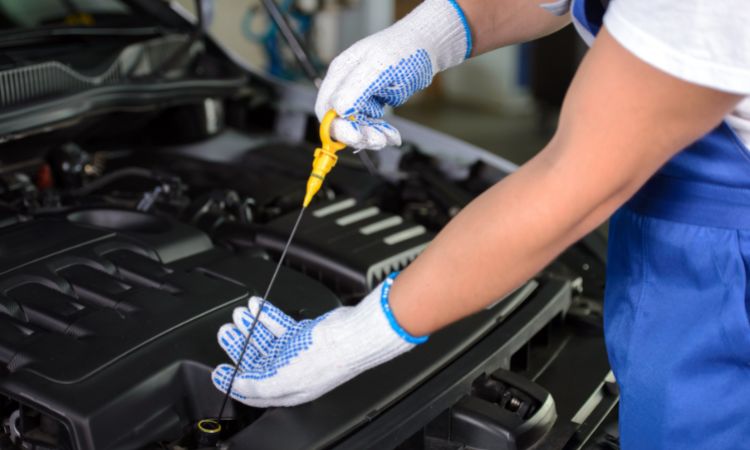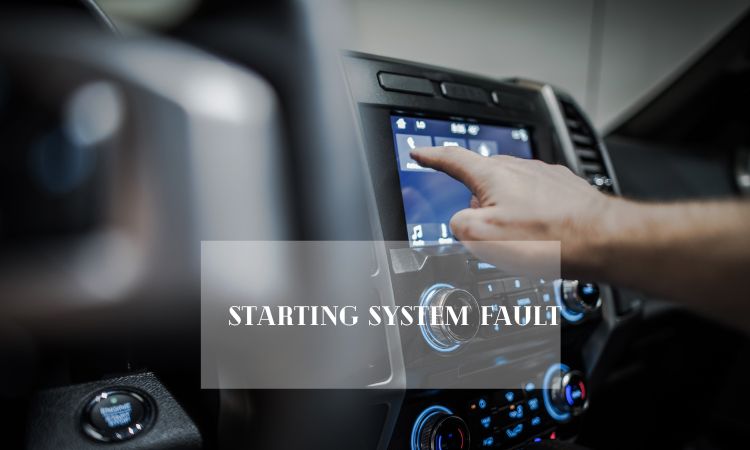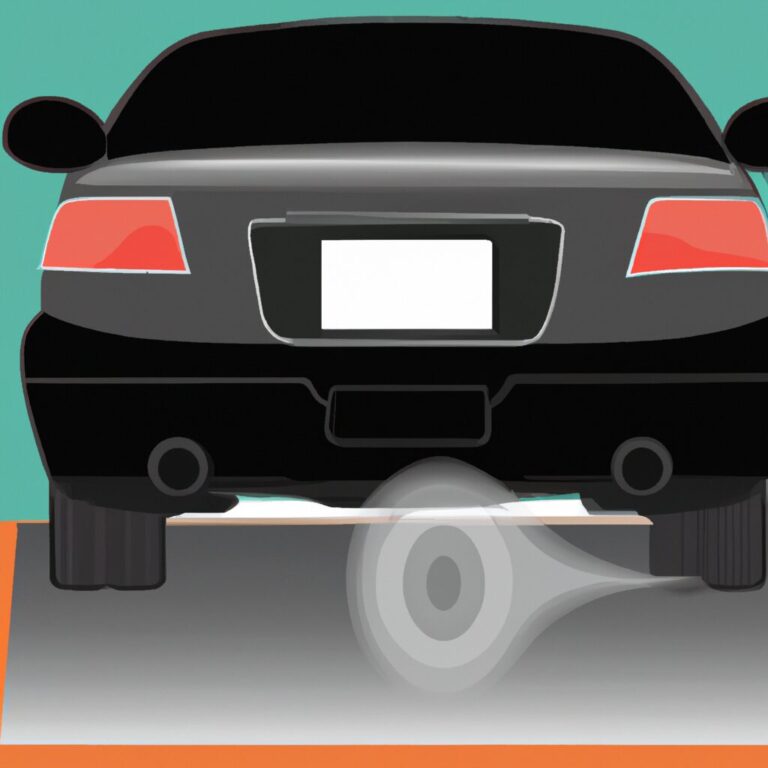How to Fix Starting System Fault
If your car isn’t starting, there are a few things you can check before calling a tow truck or mechanic. First, make sure the battery is charged and that the cables are securely attached. If the battery is low, try jump-starting the car.
If that doesn’t work, it may be a problem with the starter or ignition system.
- Check the battery to see if it is low on power
- If so, charge it or replace it
- Inspect the starter to see if there is any visible damage
- If so, repair or replace it as necessary
- Test the starter solenoid to see if it is functioning properly
- If not, replace it with a new one
- Clean all of the connections in the starting system and make sure they are tight and free of corrosion
2011 FORD EDGE Starting System Fault No Start, No Crank….Diagnosed…Easy Fix….
What Causes Starting System Fault?
When your car won’t start, it’s often due to a problem with the starting system. This system includes the battery, starter motor, solenoid, and ignition switch. If any of these components are not working properly, it can prevent your car from starting.
One common cause of a starting system fault is a dead battery. If your battery is more than three years old, it may need to be replaced. Another common cause is a starter motor that has gone bad.
This can happen if the starter motor overheats or if it gets too much corrosion on its internal parts. If you’re having trouble with your starting system, take your car to a mechanic for diagnosis and repair.
What Does Engine Start Fault Mean?
If you see the “engine start fault” message on your car’s display, it means that there is a problem with the engine starting system. This can be caused by a number of things, including a dead battery, a faulty starter motor, or a problem with the ignition system. If you see this message, it’s important to get the car checked out by a qualified mechanic as soon as possible to avoid further damage.
What Can Cause a Ford F 150 Not to Start?
If your Ford F-150 won’t start, the most likely cause is a dead battery. If the battery is dead, you’ll need to jumpstart it or replace it.
Other possible causes of a no-start condition include:
1. Bad starter motor
2. Faulty ignition switch
3. Loose or corroded battery terminals
4. Fuel system issues (out of gas or dirty fuel filter)
What Does Starting System Fault Mean
If you’re driving and your car’s starting system fault light comes on, it means there’s a problem with the electrical charging system. The starting system includes the battery, starter, alternator, and related wiring.
The most common cause of a starting system fault is a dead battery.
If your battery is more than three years old, it may be time to replace it. A bad alternator can also cause this problem. If your alternator isn’t charging the battery properly, the battery will eventually die.
If you have a starting system fault, you may not be able to start your car. If you’re already driving when the light comes on, pull over as soon as possible and call for roadside assistance.
Service Advancetrac Starting System Fault
If you’re driving a Ford vehicle equipped with an AdvanceTrac starting system, you may occasionally see a “Starting System Fault” message on the instrument panel. This message is intended to alert the driver that there’s a problem with the starting system and the vehicle may not start. There are several potential causes of a Starting System Fault, including:
– A dead battery – A bad starter motor – A faulty ignition switch
– Loose or corroded battery cables If you see this message, it’s important to have your vehicle checked by a qualified technician as soon as possible. Trying to start the engine when there’s a problem with the starting system can cause further damage and make it even more difficult (and expensive) to repair.

Why Does My Ford Say Starting System Fault
If you’ve ever been driving your Ford and it suddenly says “Starting System Fault,” you may be wondering what that means. Here’s some information about why this message appears and what you should do if you see it. The starting system in your Ford is made up of a few different parts, including the starter motor, the starter solenoid, and the battery.
If any of these components are not working properly, it can cause the “Starting System Fault” message to appear. If you see this message, the first thing you should do is try to restart your engine. If that doesn’t work, then you’ll need to check each of the components in the starting system to see if there’s a problem.
The most likely culprit is usually the starter motor or solenoid, but it could also be an issue with the battery. If you’re not sure how to diagnose and fix the problem yourself, it’s best to take your car to a qualified mechanic for assistance.
Starting System Fault Ford Explorer
If you’re driving a Ford Explorer and you notice that the starting system fault light is illuminated on your dash, there’s a good chance that something is wrong with your vehicle’s starter system. In this blog post, we’ll take a look at what could be causing the starting system fault light to come on in your Ford Explorer, as well as some steps you can take to try and fix the problem. One of the most common reasons for the starting system fault light to come on in a Ford Explorer is because of a problem with the starter relay.
The starter relay is responsible for sending power from the battery to the starter motor, so if it’s not working properly, it can cause all sorts of starting problems. If you think that your starter relay might be defective, it’s a good idea to replace it with a new one. Another possibility is that there’s an issue with your vehicle’s starter solenoid.
The starter solenoid helps to engage the starter motor when you turn the key to start your engine, so if it’s not working correctly, it can also cause starting problems. Again, if you suspect that your starter solenoid may be defective, it’s best to replace it with a new one. If neither of these issues seems to be the cause of your problem, then there could be something wrong with your actual starter motor itself.
This is usually indicated by either a clicking noise coming from the engine bay when you turn key or a complete loss of power when trying to start the engine. If either of these is happening, then it’s likely that your starter motor needs to be replaced. No matter what issue ends up causing your starting system fault light to come on, make sure to get it checked out by a professional mechanic as soon as possible so they can diagnose and fix the problem before it gets worse!
Starting System Fault Ford Focus
If your Ford Focus won’t start, there are a few things you can check before calling a tow truck. First, make sure that the battery is charged. If it’s not, try jump-starting the car.
If that doesn’t work, the next step is to check the starter. If the starter is faulty, it will need to be replaced. Finally, if none of these solutions work, it’s likely that there is a problem with the ignition system.
Starting System Fault Ford Edge
If you’re having trouble starting your Ford Edge, it may be due to a Starting System Fault. This can happen for a number of reasons, but the most common cause is a problem with the starter motor or solenoid. Other potential causes include a dead battery, loose electrical connections, or a faulty ignition switch.
If you’re not sure what’s causing the problem, it’s best to take your Edge to a qualified mechanic for diagnosis and repair.

F150 Starting System Fault Fix
If your Ford F-150 won’t start, there may be an issue with the starting system. Fortunately, this is usually an easy problem to fix.
First, check the battery.
Make sure it is fully charged and that the connections are clean and tight. If the battery seems fine, then move on to checking the starter solenoid. This is a small switch located near the battery that sends power to the starter motor when you turn the key.
If the solenoid is defective, it will need to be replaced. However, if it looks good, then you may need to replace the starter itself. This is a more involved repair, but can usually be done without too much difficulty.
Once you’ve determined what part needs to be replaced, follow these instructions to fix your Ford F-150’s starting system and get it running again in no time!
Conclusion
If you’re having trouble starting your car, it could be a problem with the starting system. The starting system includes the battery, ignition, and starter, and if any of these components are not working properly, it can prevent your car from starting. Here’s how to troubleshoot the starting system and get your car up and running again.
First, check the battery. If it’s low on power, it may not be able to provide enough juice to start the engine. You can test the battery with a voltmeter to see if it needs to be replaced.
If the battery is good, then next check the ignition switch. Make sure it’s in the “On” position before trying to start the engine. If that doesn’t work, then try jump-starting the car from another vehicle or using a portable jump-starter pack.
If none of those solutions work, then there may be an issue with the starter motor itself. This is a more serious problem that will require professional help to fix. In most cases, you’ll need to take your car to a mechanic or dealership for diagnosis and repair.



